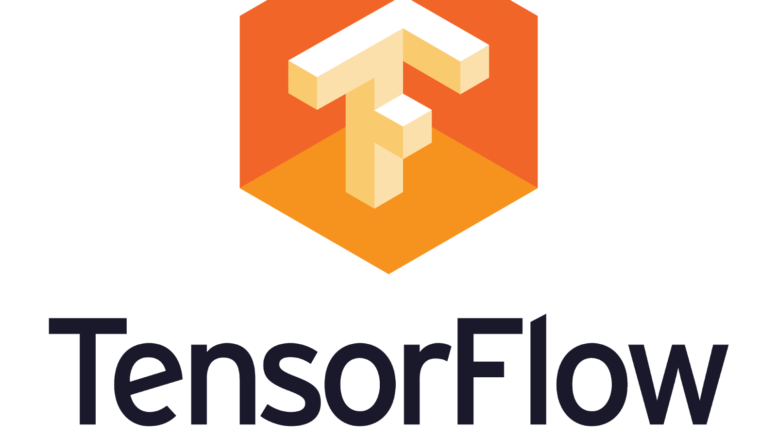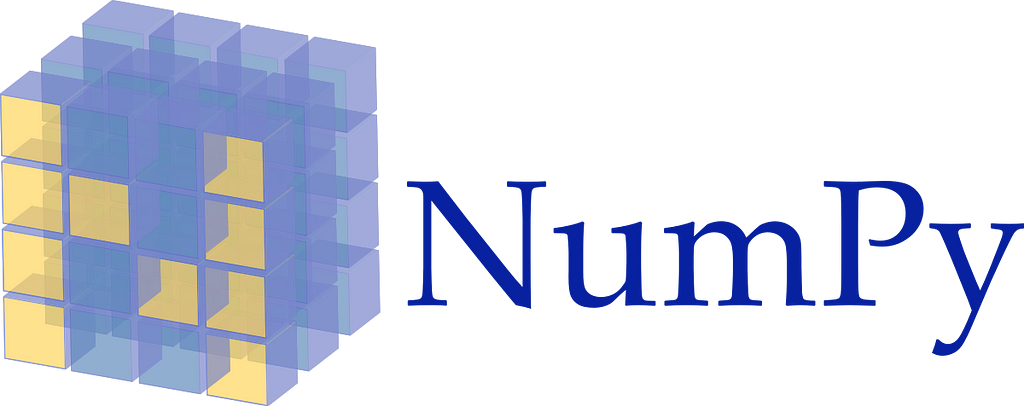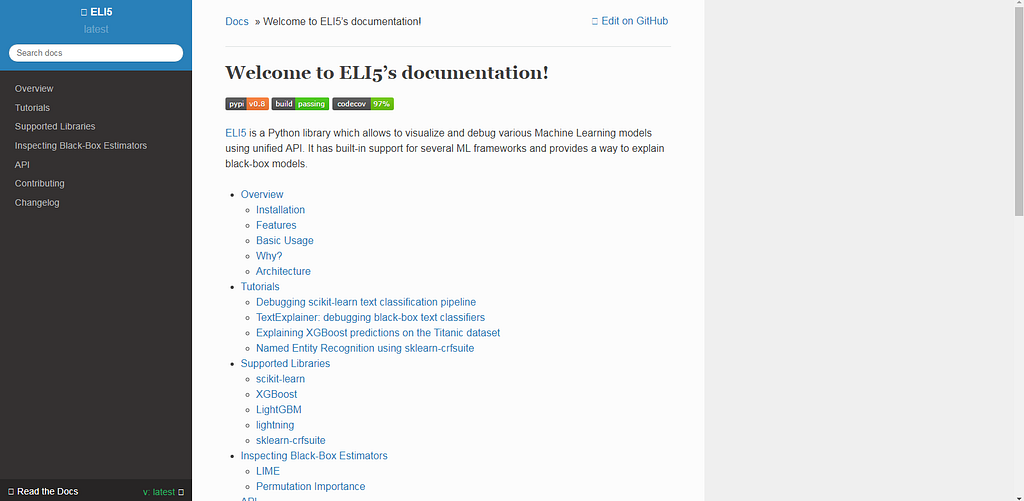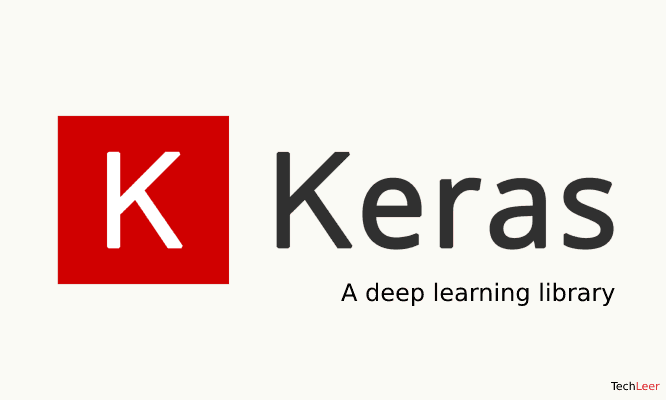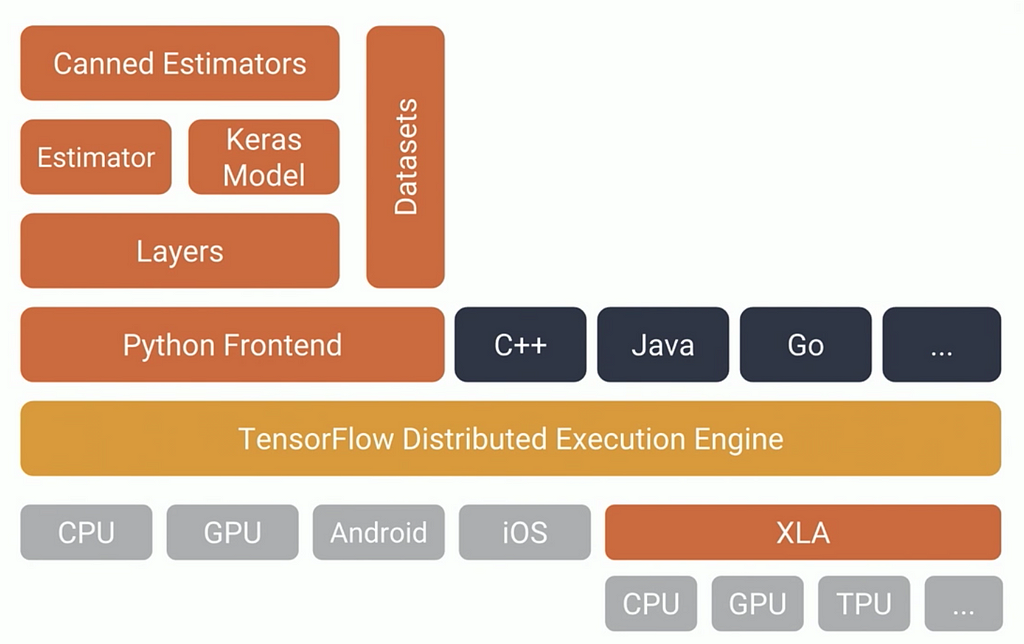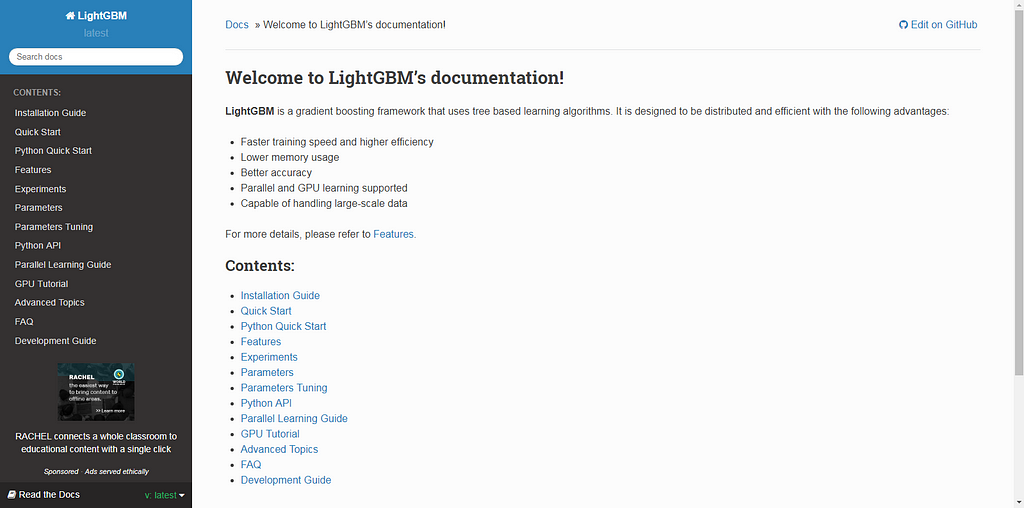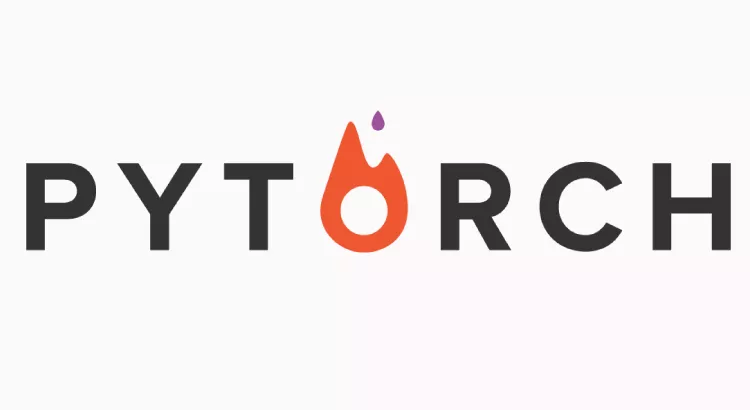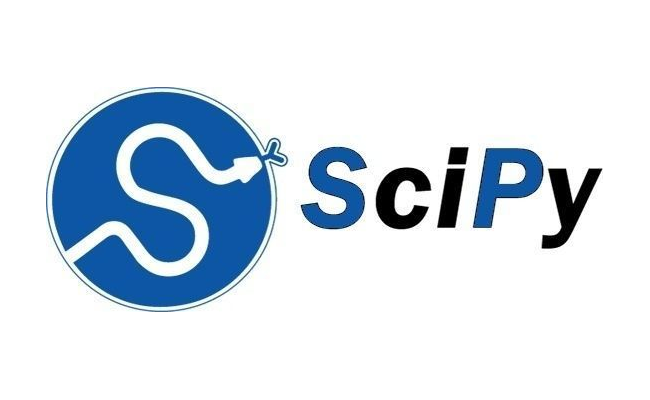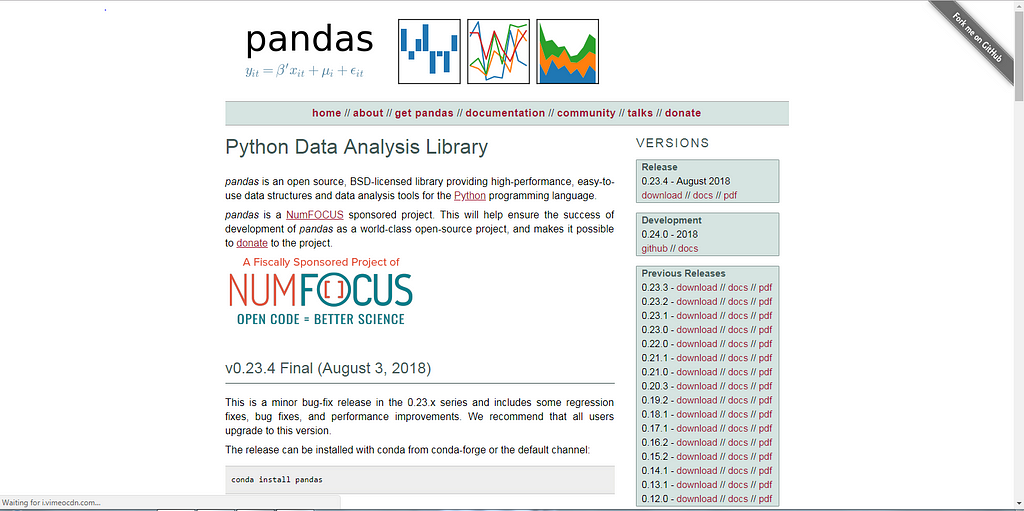Latest news about Bitcoin and all cryptocurrencies. Your daily crypto news habit.
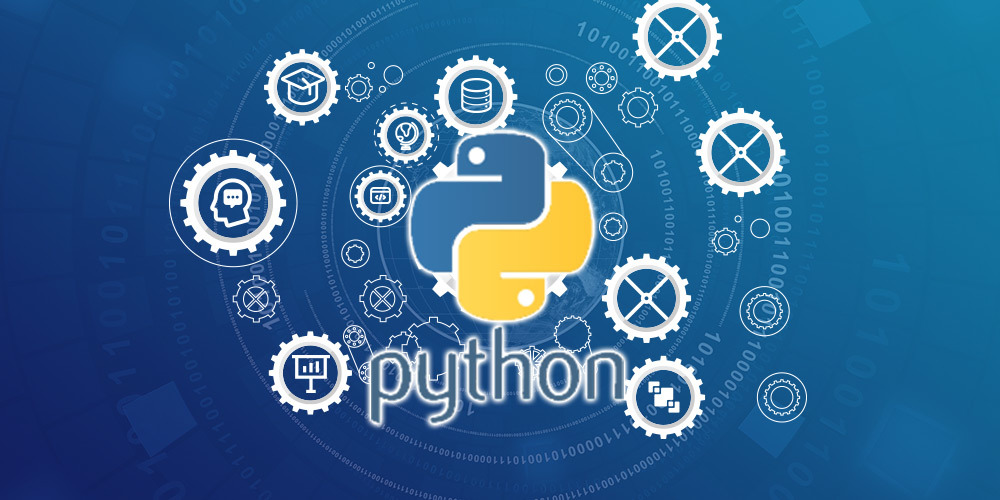
Nowadays, Python is one of the most popular and widely used programming languages and has replaced many programming languages in the industry. There are various number of reasons why Python is popular among developers and one of them is that it has a large collection of libraries. According to builtwith.com, 45% of technology companies prefer to use Python for implementing AI and machine learning.
Some of the important reasons why Python is popular:
- From developing to deploying and maintaining Python wants their developers to be more productive.
- Python is known as the beginner’s level programming language because of it simplicity and easiness.
- Python has a huge collection of libraries.
- Portability is another reason for huge popularity of Python
- Python’s programming syntax is simple to learn and is of high level compared to C, Java, and C++, therefore new applications can be developed by writing fewer lines of codes.
The simplicity of Python has attracted many developers to create new libraries for machine learning. Because of the huge collection of libraries Python is becoming hugely popular among machine learning experts.
In this post, we will discuss some of the top 10 libraries in Python which can be used by developers to implement machine learning in their existing applications.
If you are currently working on a machine learning project in Python, then you may have heard about this popular open source library known as Tensorflow. This library was developed by google in collaboration with Brain Team. Tensorflow is used in almost every Google application for machine learning. You are using Tensorflow indirectly applications like Google Voice Search or Google Photos are the model developed using this library.
Tensorflow works like a computational library for writing new algorithms that involves large number of tensor operations, since neural networks can be easily expressed as computational graphs they can be implemented using Tensorflow as a series of operations on Tensors. Plus, tensors are N-dimensional matrices which represents your data.
Parallelism is one of the top advantages of tensorflow, meaning that you can execute your computational graph parallely, you are going to have a control over the execution and you can schedule different tasks on different processors like GPU, CPU, etc.
All the libraries created in Tensorflow are written in C and C++. However, it has a complicated frontend for Python. Your Python code will get compiled and then executed on tensorflow distributed execution engine built using C and C++. Tensorflow is optimized for speed, it makes use of techniques like XLA for quick linear algebra operations.
This Python library is associated with NumPy and SciPy and is considered as one of the best libraries for working with complex data. It contains a numerous number of algorithms for implementing standard machine learning and data mining tasks like, reducing dimensionality, classification, regression, clustering and model selection.
There are a lots of changes being made in this library. Modification is cross validation feature has been done, providing the ability to use more than one metric. Lots of training methods like logistics regression and nearest neighbors have received some little improvements.
Numpy is considered as one of the most popular machine learning library in Python. Tensorflow and other libraries uses Numpy internally for performing multiple operations on Tensors. Array interface is the best and the most important feature of Numpy.
This interface can be utilized for expressing images, sound waves, and other binary raw streams as an array of real numbers in N-dimensional. For implementing this library for machine learning having knowledge of Numpy is important for developers.
Most often the results of machine learning model predictions are not accurate, and Eli5 machine learning library built in Python helps in overcoming this challenge. It is a combination of visualization and debug all the machine learning models and track all working steps of an algorithm.
Moreover, Eli5 supports wother libraries XGBoost, lightning, scikit-learn, and sklearn-crfsuite libraries. All the above-mentioned libraries can be used to perform different tasks using each one of them.
Keras is considered as one of the coolest machine learning library in Python. If you are a fresher in machine learning development then it is suggested to use Keras. It provides an easier mechanism to express neural networks. Keras also provides some of the best utilities for compiling models, processing datasets, visualization of graphs, and much more.
In the backend Keras uses either Theano or Tensorflow internally. Some of the most popular neural networks like CNTK can also be used. Moreover, if you are going to use Tensorflow as backend you have to follow the architecture diagram for Tensorflow give below.
Keras is comparatively slow when we compare it with other machine learning libraries. Because it creates a computational graph by using backend infrastructure and then makes use of it to perform operations. All the models in Keras are portable.
Plus, it provides many preprocessed datasets and pretrained models like Mnist, VGG, Inception, SqueezeNet, ResNet etc.
Gradient Boosting is one of the best and most popular machine learning library, which helps developers in building new algorithms by using redefined elementary models and namely decision trees. Therefore, there are special libraries which are designed for fast and efficient implementation of this method.
These libraries are LightGBM, XGBoost, and CatBoost. All these libraries are competitors that helps in solving a common problem and can be utilized in almost the similar manner.
These library provides provide highly scalable, optimized, and fast implementations of gradient boosting, which makes it popular among machine learning developers. Because most of the machine learning developers won machine learning competitions by using these algorithms.
PyTorch is the largest machine learning library that allow developers to perform tensor computations with acceleration of GPU, creates dynamic computational graphs, and calculate gradients automatically. Other than this, PyTorch offers rich APIs for solving application issues related to neural networks.
This machine learning library is based on Torch, which is an open source machine library implemented in C with a wrapper in Lua. This machine library in Python was introduced in 2017, and since its inception, the library is gaining popularity and attracting increasing number of machine learning developers.
SciPy is a machine learning library for application developers and engineers. However, you still need to know the difference between SciPy library and SciPy stack. SciPy library contains modules for optimization, linear algebra, integration, and statistics. The main features of SciPy library is developed using NumPy, and its array makes the most use of NumPy.
In addition, SciPy provides all the efficient numerical routines like optimization, numerical integration, and many others using its specific submodules. All the functions in all submodules of SciPy are well documented.
Theano is a computational framework machine learning library in Python for computing multidimensional arrays. Theano works similar to Tensorflow, but it not as efficient as Tensorflow. Because of its inability to fit into production environments.
Moreover, Theano can also be used on a distributed or parallel environments just similar to Tensorflow.
Pandas is a machine learning library in Python that provides data structures of high-level and a wide variety of tools for analysis. One of the great feature of this library is the ability to translate complex operations with data using one or two commands. Pandas have so many inbuilt methods for grouping, combining data, and filtering, as well as time-series functionality.
All these are followed by outstanding speed indicators.
Currently, there are fewer releases of pandas library which includes hundred of new features, bug fixes, enhancements, and changes in API. The improvements in pandas regards its ability to group and sort data, select best suited output for the apply method, and provides support for performing custom types operations.
Conclusion
These are all the machine learning libraries in Python which are considered to be in the top list of machine learning experts and data scientists. All these libraries are worth looking and can tried at least once.
Of course, there are many other machine learning libraries available which are also worthy and deserves a special attention. For instance, there is different package in Scikit that focuses on that focus on certain domains, like Scikit-images works with images only. If you want to integrate machine learning library in your existing Python applications then you should hire developers for the same.
We hope, this blog was useful to decide which machine learning libraries are best for your project. If you are looking to hire developers who can integrate these libraries in your existing applications than ValueCoders is the best choice for you. At ValueCoders, we provide expert machine learning and chatbot developers who are adept to building new machine learning and AI-based applications.
.
Top 10 Libraries in Python to Implement Machine Learning was originally published in Hacker Noon on Medium, where people are continuing the conversation by highlighting and responding to this story.
Disclaimer
The views and opinions expressed in this article are solely those of the authors and do not reflect the views of Bitcoin Insider. Every investment and trading move involves risk - this is especially true for cryptocurrencies given their volatility. We strongly advise our readers to conduct their own research when making a decision.
